Ocean warming is taking a toll on fish, leading scientists to explore artificial options to cool things down
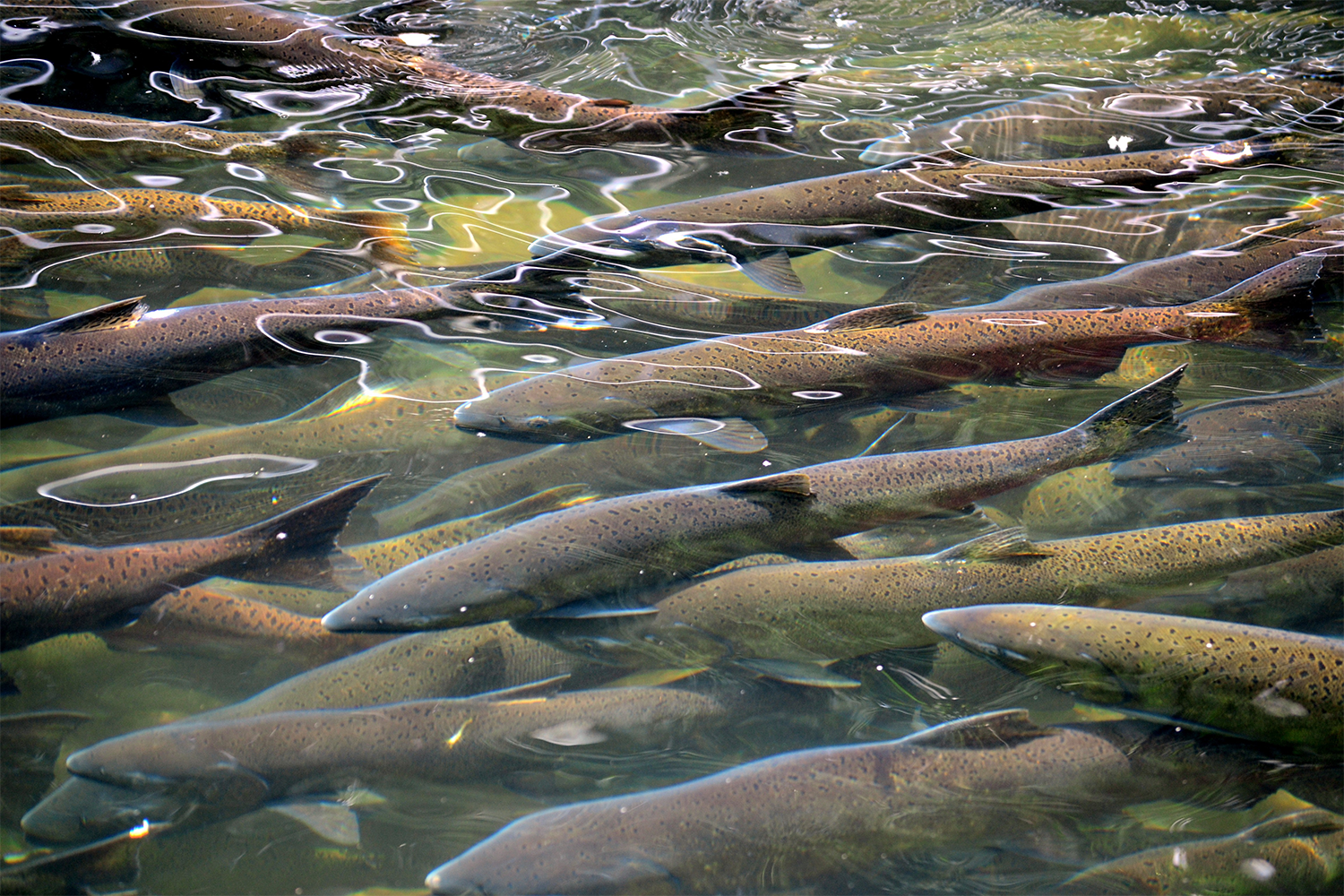
Ocean warming is putting fish in hot water. The average global ocean surface temperature has increased 0.13 degrees-C per decade for the last century, which has been linked to the loss of marine habitat and abrupt declines in fish species.
In some regions, the rapid rise in water temperatures has happened too fast for fish to adjust, leading to shifts in their geographical distribution. While some fish swim toward the poles in search of new habitats with deeper, cooler waters, others take short breaks in thermal refuges.
Thermal refuges, also called cold water refuges or cooling zones, are discrete areas where the water temperatures are at least 2 degrees-C cooler than ambient conditions found elsewhere throughout the watershed, explained Chris Sullivan, a Ph.D. candidate in the Department of Natural Resources and the Environment at the University of Connecticut.
“Thermal refuges are really critical for short term survival of [fish species],” Sullivan told the Advocate. “We’ll likely see their roles be emphasized as time and climate change progresses.”
Understanding the need to retreat
The effect of warming waters on fish populations is clear: Rising water temperatures affect spawning, impact foraging behaviors and increase the risk of disease; one study predicts up to 34-fold increases in fish mortality events by 2100 based on current climate projections.
Thermal refuges provide essential relief from the heat. Sullivan notes that cooler waters are often found in side channels, lateral springs or other areas where groundwater upwelling lowers the temperature; riparian vegetation that shades streams and rivers also has a cooling effect. Coldwater species like trout, salmon and cod move to thermal refuges for hours to weeks at a time to withstand extreme heat.
Currently, it’s unclear how fish find thermal refuges. Tommi Linnansaari, Atlantic salmon research chair and professor at the University of New Brunswick, notes that “fish have amazing spatial cognition,” and points to several cues that could lead them to cooler waters.
It’s possible that fish can sense cold water coming downstream and swim in that direction; fish might also be able to smell schools of fish gathered in a thermal refuge and move toward their scent.
Despite their skill at navigating toward cooler waters, the number of natural thermal refuges has declined, making it more difficult for fish to beat the heat and more susceptible to the effects of warming water temperatures.
“Even the loss of a single patch [of cooler water] throughout a riverscape…can take a toll on that river segment,” Sullivan said. “We might not see the widespread disappearance of thermal refuges, but even if we lose one or two, it could be pretty detrimental for cold water-dependent fish.”
As Yukon Chinook salmon populations decline, researchers turn to technology for answers
The hot debate over cool waters
Rising water temperatures and longer, more frequent marine heatwaves coupled with dwindling numbers of thermal refuges have led to debates about using artificial methods to cool waters.
Researchers at the Coastal Hydrology Lab at Dalhousie University in Canada received funding to explore the possibilities. Their first experiment created underground trenches that redirected water in rivers and streams before it flowed back into the main bodies of water. Early findings showed that the approach lowered water temperatures a few degrees, which is often enough to help fish cool down.
A second experiment involved building wells and pumping cool groundwater into rivers and streams. The groundwater was just 9 degrees-C (48 degrees-F), which was up to 20 degrees cooler than the surrounding waters.
In a separate project, the Cheticamp River Salmon Association in Nova Scotia, Canada, installed piles of rocks known as deflectors to make river channels narrower and deeper — and thus cooler — to help protect Atlantic salmon.
The experiments showed that it was possible to create areas of lower water temperatures for fish to beat the heat, but there is disagreement about whether creating artificial thermal refuges is a good idea. Linnansaari called for “careful and multi-faceted consideration of the consequences,” in his research.
Opponents have expressed concerns that groundwater is a finite resource and pumping it into rivers and streams diminishes supplies and could create ripple effects in the ecosystem. There is also significant potential for abuse.
Linnansaari points to fishing camps pumping groundwater to cool the surrounding waters to attract large salmon populations. He called it “an arms race of sorts that the one with the biggest pump would win.” Regulation, he believes, would be essential for widespread creation of artificial thermal refuges.
These approaches may have some utility in smaller bodies of water but are impractical in the ocean where rising temperatures are also taking a toll on fish species.
“Think about the vastness of our coastlines and the geographic range over which we see some of these different fisheries and organisms; it just doesn’t scale,” said Ryan Walter, associate professor in the Center for Coastal Marine Sciences at CAL Poly. “You would need enormous systems. Water is really heavy; it would take a ton of energy to pump that up [and] where is that energy coming from? It doesn’t make sense.”
Researchers might not agree on the right approach to providing temperature relief to stressed fish, but there is consensus that there’s a need for ongoing efforts to address the issue.
“There are a lot of really smart people working across a lot of different regions trying to figure this out,” Sullivan said. “I’m excited to see where science leads us.”
Now that you've reached the end of the article ...
… please consider supporting GSA’s mission to advance responsible seafood practices through education, advocacy and third-party assurances. The Advocate aims to document the evolution of responsible seafood practices and share the expansive knowledge of our vast network of contributors.
By becoming a Global Seafood Alliance member, you’re ensuring that all of the pre-competitive work we do through member benefits, resources and events can continue. Individual membership costs just $50 a year.
Not a GSA member? Join us.
Author
-

Jodi Helmer
Jodi Helmer is a North Carolina-based journalist covering the business of food and farming.
Tagged With
Related Posts
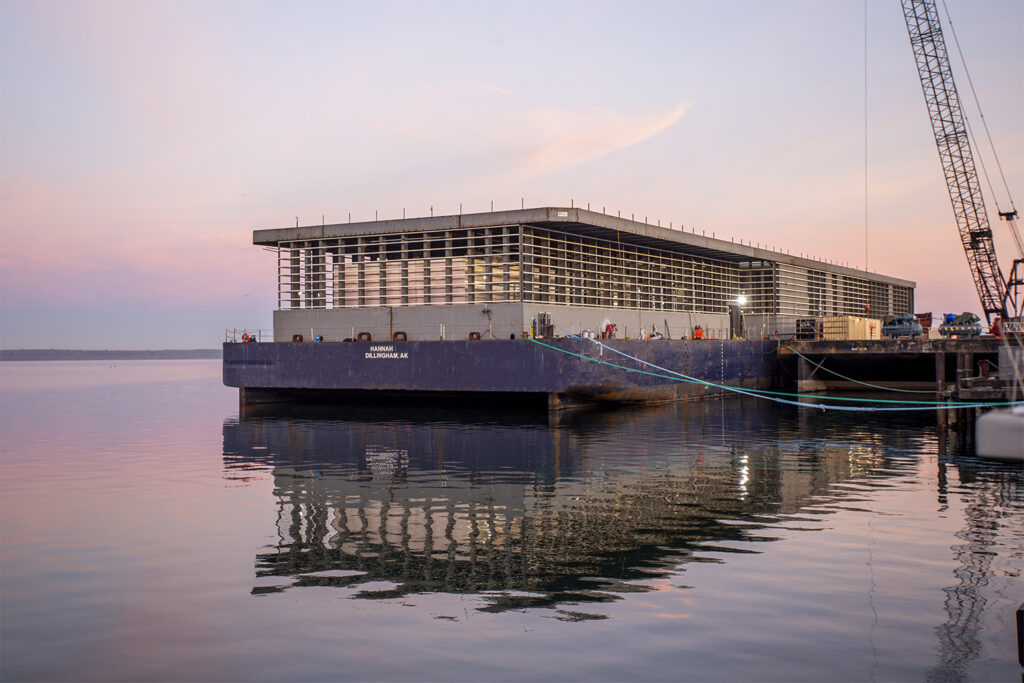
Intelligence
Can floating fish freezers improve the quality and value of Alaska salmon?
Northline Seafood and Circle Seafoods each aim to increase efficiencies, lower costs and improve market quality by freezing fish at sea.
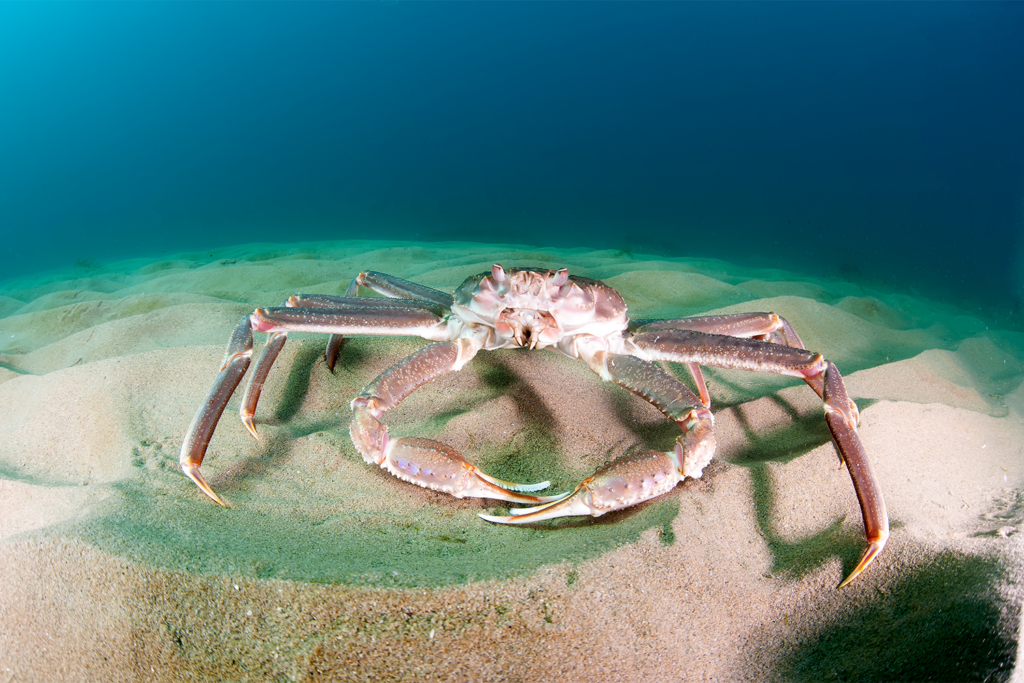
Fisheries
Fisheries in Focus: How the mystery of the great eastern Bering Sea snow crab die-off was solved
A research team has uncovered the reason why billions of snow crabs died in the eastern Bering Sea in 2021, closing the fishery for the first time.
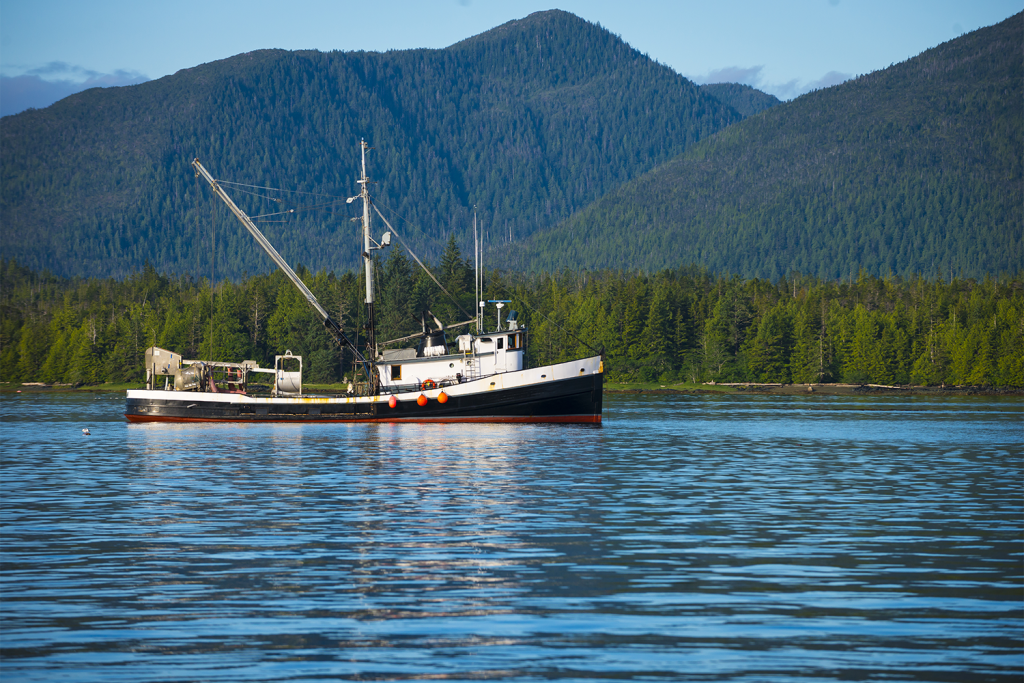
Fisheries
Fisheries in Focus: What is the Fisheries Management Index and what does it say about U.S. fisheries?
To properly evaluate a fishery management system, we need a measure of the management regime as a whole: Enter the Fisheries Management Index (FMI).
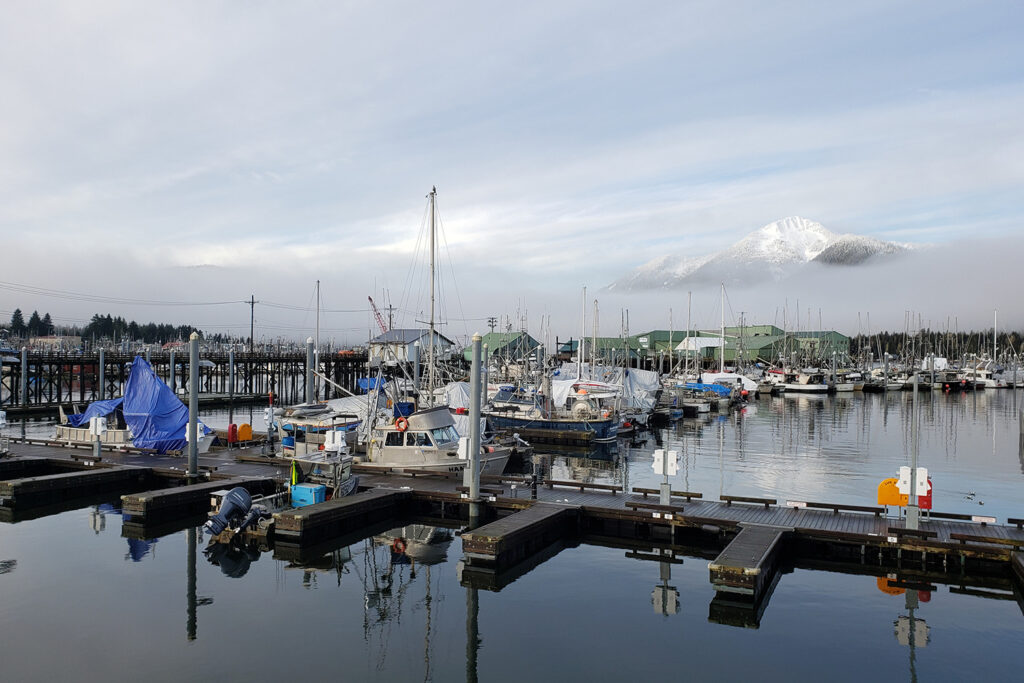
Responsibility
Are aquaculture and fisheries resilient enough to withstand climate change?
With most global seafood production vulnerable to the impacts of climate change, each sector faces unique adaptability obstacles and opportunities.


